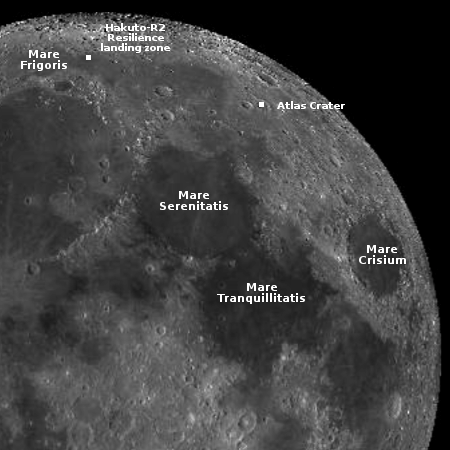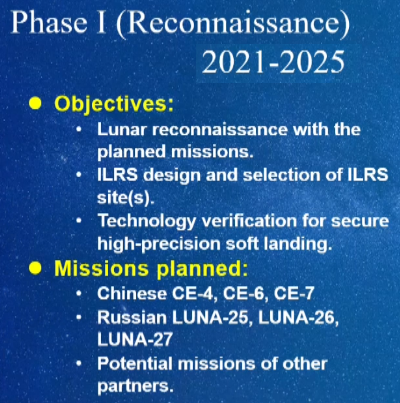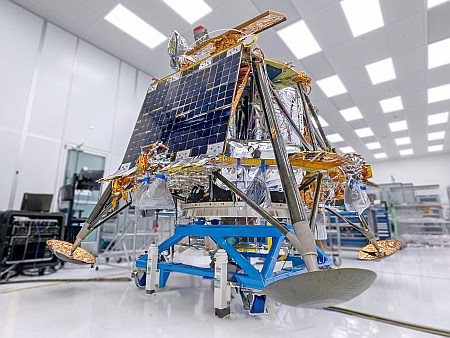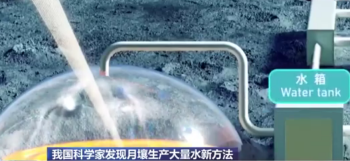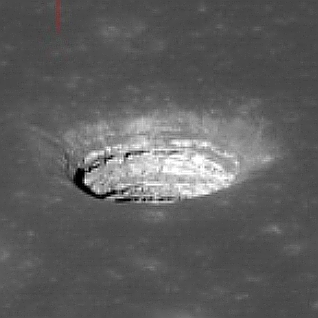September 23, 2024 Quick space links
Courtesy of BtB’s stringer Jay. This post is also an open thread. I welcome my readers to post any comments or additional links relating to any space issues, even if unrelated to the links below.
- ULA is prepping Vulcan for its second launch
Target launch date is October 4, 2024. The launch will put a dummy payload into orbit, but it will, if successful, also certify Vulcan for operationals paying launches for the U.S. military.
- A map of Rocket Lab’s facilities worldwide
As Jay notes, the company has never operated out of the Florida.
- Researchers claim India’s Pragyan lunar rover discovered evidence of ancient 100-mile-wide crater
The crater evidence is certainly real, but it does not appear that most of it came from Pragyan, which only traveled a tiny distance less than 500 feet.
Courtesy of BtB’s stringer Jay. This post is also an open thread. I welcome my readers to post any comments or additional links relating to any space issues, even if unrelated to the links below.
- ULA is prepping Vulcan for its second launch
Target launch date is October 4, 2024. The launch will put a dummy payload into orbit, but it will, if successful, also certify Vulcan for operationals paying launches for the U.S. military.
- A map of Rocket Lab’s facilities worldwide
As Jay notes, the company has never operated out of the Florida.
- Researchers claim India’s Pragyan lunar rover discovered evidence of ancient 100-mile-wide crater
The crater evidence is certainly real, but it does not appear that most of it came from Pragyan, which only traveled a tiny distance less than 500 feet.


